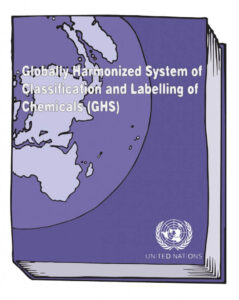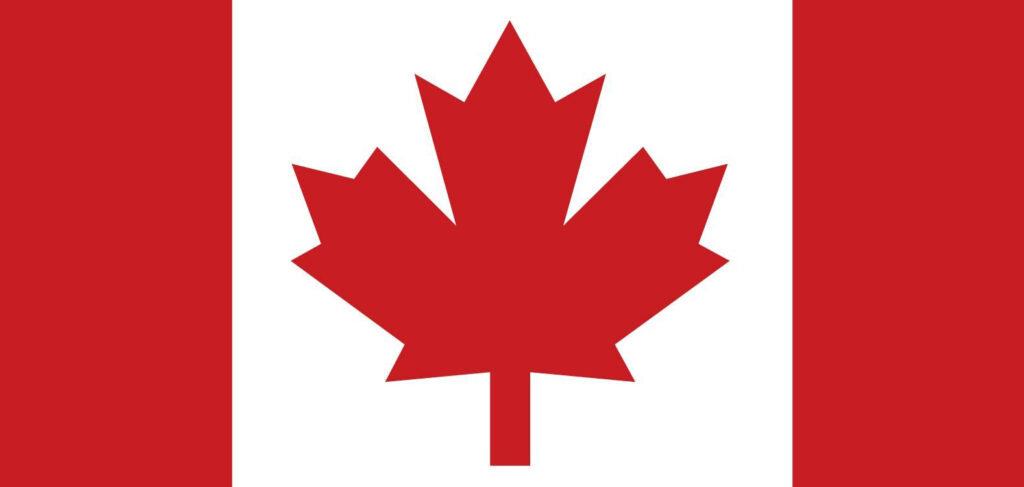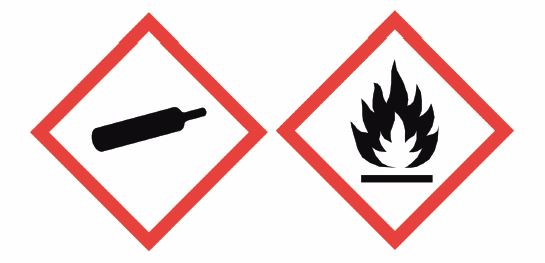Written on: March 1, 2021 by Cassandra Taylor
Overview: What is happening?
On Dec. 19, 2020, the Government of Canada published proposed amendments to the Hazardous Products Regulations (HPR) and Schedule 2 of the Hazardous Products Act (HPA). The HPR and HPA set out the requirements for the Workplace Hazardous Materials Information System (WHMIS) in Canada.

The proposed amendments will align the HPR with the 7th Revised Edition of the United Nations Globally Harmonized System of Classification & Labeling of Chemicals (GHS). Additionally, the updates will provide greater clarity or precision regarding certain provisions, include changes to better reflect the original intent of the regulations and address administrative updates. Harmonization with the U.S. will be preserved while advancing worker protections and addressing various issues that have been identified by Health Canada and stakeholders since the HPR came into force in 2015.
Key changes that were made to align the HPR with GHS seventh revision include:
• Updated definitions;
• A new non-flammable Aerosol Hazard category;
• New sub-categories for Flammable Gases;
• A new test procedure for Oxidizing Solids; and
• Updated information elements for safety data sheets (SDS)/labels in Schedule 1
In addition to these key changes related to GHS, a variety of other amendments have been proposed that will address issues identified by Health Canada and stakeholders. Existing provisions relating to classification and labeling of hazardous products will be clarified and adjusted based on the feedback provided by affected parties. There will be a two-year transition period for suppliers to implement the new amendments after they come into force.
Objective: Regulatory cooperation and increased worker protections
The primary objective of the proposed amendment is to meet an international commitment under the Canada-U.S. Regulatory Cooperation Council Joint Forward Plan. The Work Plan for workplace hazardous products aims to coordinate the adoption of GHS updates between the two countries. Canada and the U.S. have pledged to harmonize amendments to their respective regulations as much as possible as they move toward the seventh revision of GHS.

Regulatory cooperation will continue to allow a single label and SDS for a dangerous product to meet the hazard communication requirements in both the U.S. and Canada.

This continued alignment will facilitate trade through common hazard communication requirements and mitigate the economic impacts of disparities in regulatory obligations between the U.S. and Canada.
Aligning with the seventh revised edition of GHS will also provide Candian workers with more comprehensive and detailed occupational safety information, improving their health and safety. This edition of GHS allows for more precise classification of products, such as flammable gases, and includes more detailed information requirements for SDS and labels over the currently implemented fifth revised edition.
Issues identified by stakeholders and Health Canada
The amended regulations aim to address several issues identified by industry stakeholders and Health Canada since the HPR came into force in 2015. Certain provisions are being clarified or made more precise. In some cases, criteria or requirements are being updated to better reflect their original intent such as clarifying exemptions for hazardous products sold to an employer who has filed a confidential business information claim. These changes will result in greater clarity and more appropriate requirements for Canadian workers.
Changes to aerosol classifications
The updates to the aerosol classifications will be of particular interest to SPRAY readers. Under the current WHMIS regime, aerosols intended for workplace use may be classified as either Flammable Aerosols Category 1 or 2 based on their physical characteristics, in addition to the Gases Under Pressure category that also applies to “non-flammable” aerosols.

The amendments will change the hazard name from Flammable Aerosols to Aerosols and include a new Category 3 for non-flammable aerosol products. A new provision will clarify that products in the Aerosols hazard category need not also be considered for the Gases Under Pressure hazard. Although the hazard names are changing, the classification criteria for aerosols are expected to remain the same.
Other key classification changes
Flammable Gases Category 1 will be divided into subcategories: 1A and 1B. The criteria for subcategory 1B will include flammable gases that are not pyrophoric or chemically unstable and have a lower flammability hazard than subcategory 1A products. These changes will go hand-in-hand with new definitions for chemically unstable gas and pyrophoric gas.
The classification criteria for oxidizing solids will be expanded to include test procedure O.3: Alternative test for oxidizing solids. It is still acceptable to use test O.1, which is based on the mean burning time of a mixture of potassium bromate and cellulose. The new O.3 criteria allows for the determination of oxidizing solids using an alternative method based on the mean burning rate of a mixture of calcium peroxide and cellulose.
Definitions and classification criteria for various GHS hazards will be updated and new definitions for germ cell mutagenicity and carcinogenicity will be added. For example, the classification procedures for mixtures with the following hazards will be updated for additional precision:
• Organic Peroxides;
• Acute Toxicity; and
• Specific Target Organ Toxicity–Single Exposure–Category 3
These are a few of the key classification changes that have been proposed, in addition to a variety of other updates, corrections and clarifications to the original provisions of the HPR. The full list of proposed changes can be found in the Canada Gazette here.
When to expect the changes to come into force
As SPRAY goes to press, the amendment is still in the proposed status. The two-year transition period will begin on the date when the HPR revision comes into force, which is expected to happen in the first half of 2021. This means that suppliers will have until 2023 to comply with the updated requirements.

In Spring 2020, the U.S. Office of Information & Regulatory Affairs and the Office of Management & Budget published a rule (here) indicating that they intend to update The U.S. Occupational Safety & Health Administration’s (OSHA) Hazard Communication Standard (HCS) to GHS 7th Revised Edition as well as codify a number of enforcement policies that have been issued since the 2012 standard. Although the objective is in place at the time of writing this article, dates for these changes have not been set. Despite coordination between Canada and the U.S., there is a chance that the timing of implementation may not align perfectly due to regulatory delays and differences in implementation dates. This could result in the need to update SDS and labels in one country sooner than the other.
Suppliers selling products in both Canada and the U.S. will need to ensure their products are compliant with the new regulations by the earliest deadline. Updating products early to comply with new regulations in one country should not result in any compliance issues in the other country. For example, if the HCS update is implemented first, suppliers selling products in the U.S. will need to make sure that their SDS and labels comply with the new requirements. The updated SDS and labels will still be compliant in both countries if the Canada-specific requirements, such as French translations, are also considered.
Health Canada will continue to enforce the requirements for workplace hazardous chemicals according to the provisions of the HPA. Training resources will be developed for inspectors to promote a common understanding and interpretation of the new regulations.
For more information about your obligations under Canadian WHMIS regulations, contact our team at Nexreg Compliance. SPRAY